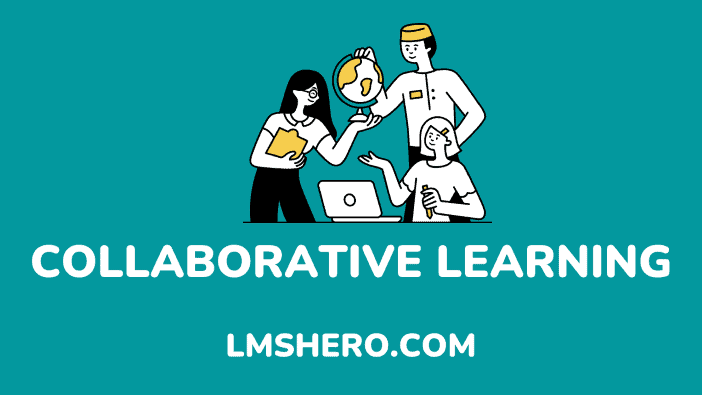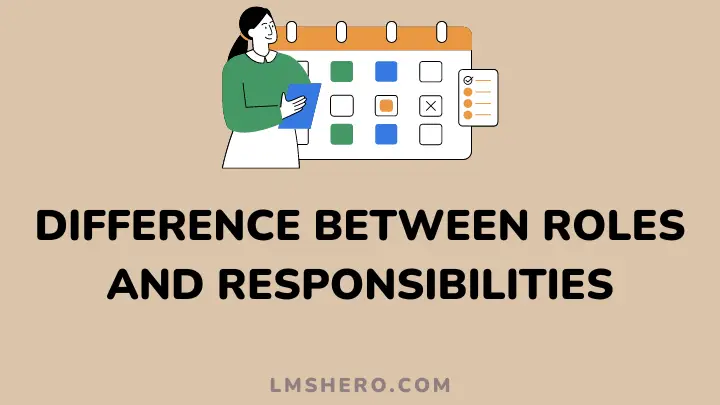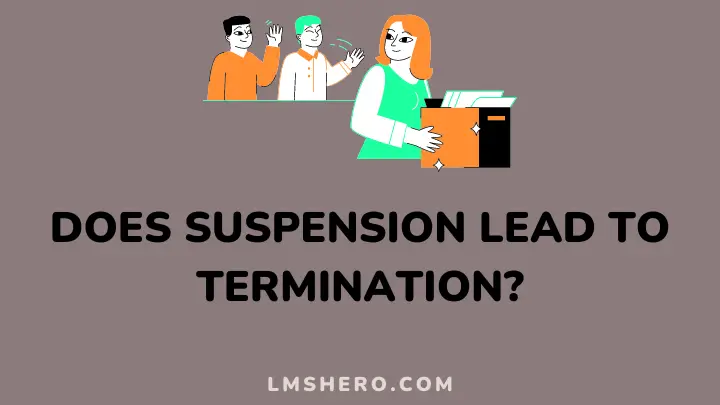Collaborative learning starts with meaningful activities that engage students in negotiating roles, responsibilities, and outcomes. Rather than delegating some parts of a task, it encourages students to learn and focus together.
In this article, I will describe what collaborative learning is and the different strategies that instructors can use to enrich the classroom for learners.
What is Collaborative Learning?
Collaborative learning refers to a learning approach whereby students work together on activities in a small group that allows everyone to participate in a task that the teacher has assigned.
The students involved can work on different activities and contribute to a common outcome.
Some approaches to collaborative learning may allow teams with different abilities to compete with each other to propel more effective collaboration.
There are different strategies of collaborative learning and this will shall consider in the next section.
Strategies of Collaborative Learning for Online Learning
The following are the collaborative learning strategies that teachers can apply to virtual learning:
1. The Use of Simulations Based on Real-World Events
The teacher must create engaging, interactive, and interesting online simulations that will meet the diverse needs of students.
Educators can take practical ideas from the real world and then use these ideas to create simulators that portray real events that can enhance students’ learning process.
When students can relate to the challenge at hand, they become more accountable and also interested in what they are learning.
2. Students Teaching Students
Another strategy of collaborative learning involves transferring power to students and believing they can study, understand, and provide information effectively. Some refer to this strategy as the Jigsaw method.
You can use this strategy by grouping the students into 4 to 6 groups and dividing the learning material into equal parts.
Each of the students in the groups must learn whatever is assigned to them, carry out their research within the specified time, and then teach his or her colleagues in the group.
The group will then make a presentation about what they’ve learned so that the rest of the class can learn from them.
All these can be easily done online. The presentations can be done through different online platforms. The students can also be tested online to know if they’ve learned the material.
3. Students Reviewing Students
If students can teach each other, they can also carry out peer reviews. This effective strategy helps to provide personalized feedback no matter how big or small their groups are.
For this strategy to be effective, the students need to be fair, and they can achieve this through anonymity.
The teacher will anonymously group the students and give them assessment guidelines as well as samples of constructive feedback that they can give each other.
As the students understand how to give and receive feedback, they learn new perspectives from their colleagues that they might not learn from their teachers.
4. Anonymous Submission
The anonymity and most educational tools help students (of different confidence levels) to get equal opportunities to contribute.
Rather than the most confident students getting the largest platform, this strategy gives all students a fair chance to have a voice.
One way through which teachers can use this strategy is to tell their students what they will do in the next session and ask them to come up with ideas before the session commences. The teacher should provide a way for students to submit their ideas anonymously.
The teacher should also allow the students to participate irrespective of how confident they are. When the session ends, all students should read all the submissions.
This will allow the teacher to know the topics that he/she needs to cover, and the questions to answer, and this will help the entire class to gain more knowledge.
The unique characteristic of these contributions is that the ideas that were shared first are not discussed first.
Benefits of Collaborative Learning
1. It Helps Students to Learn
Students can learn better when the topic or subject being learned comes from their peers. Collaborative learning enhances student understanding. Its group nature fosters interactions.
It also reflects the mixed academic ability and shared interests of the students.
2. It Helps Educators to Share Ideas and Workload
When students collaborate on a particular task, the teachers will be able to focus on developing quality resources for their students.
3. It Increases Student Engagement
Every facet of higher education policymaking is now calling for students to be more actively involved in their learning.
This is because collaborative learning helps students to be more connected with other students, their teachers, their courses, and their learning process.
It helps students to think critically and also encourages them to provide an answer, explain their view, ad justify their opinion.
Collaborative learning turns students into active agents while learning. they also collaborate to form their knowledge.
This process of forming their knowledge may compel students to dig deeper into the subject matter and develop new associations from what they learned previously thereby enhancing their learning.
4. It Encourages Collaboration and Teamwork
Students come across differences during collaborative learning. They need to get used to detecting these differences and also solving them.
When working in a collaborative setting, it is important to have the ability to build the capacity to resolve differences, build an agreement that signifies the contribution of everyone in the group, and care for others.
Moreover, collaborative learning improves teamwork spirit. It also fosters community building and helps students to develop leadership skills. All these are important in enhancing positive interdependence.
5. It Promotes Civic Responsibility
Collaborative learning helps students to participate and also be responsible for larger groups. It encourages students to be vocal in sharing their ideas and values. it also helps them to acquire listening ears to listen to the perspectives of others.
Deliberation, dialogue, and consensus-building are all embedded in collaborative learning environments and the workplace.
6. It Increases Employee Skills
Collaborative learning helps employees to develop different skills and knowledge. Apart from strengthening the skills they have by teaching others, they will also learn new skills from their colleagues.
This encourages employees to keep improving their skills and learn new concepts.
7. It Promotes Engagement in the Workplace
Employees that are allowed to learn new skills are usually more satisfied with their work. They are also less likely to look for other opportunities.
Satisfied employees will engage more effectively with their work; thereby enhancing their efficiency and output.
Collaborative Learning Tips for Teachers
1. Set Clear Goals for the Groups
For collaborative learning to be effective, teachers need to create group goals and must hold each individual accountable. This will keep the group on task and will also establish a purpose that will be easy to achieve.
Before you start an assignment, it is advisable to define goals and objectives to prevent wasting time.
2. Create Midsized Groups
Teachers need to ensure that the groups they create are not too small or too large. Small groups do not have the diversity that allows students to think divergently. Large groups do not make all the members of the group participate.
Moderate-sized groups of four or five are ideal for collaborative learning to be effective.
3. Build Trust and Support Open Communication
For collaborative learning to be effective, there must be interpersonal communication in the groups. It is also important to build trust. Tackle all emotional issues immediately as they arise before you move on.
Also, the assignments you give must encourage students to explain concepts in a detailed manner to their colleagues. According to studies, students that give and receive important explanations get the best outcome from collaborative learning.
4. Create Group Roles for Larger Tasks
You can save time by breaking a difficult task into smaller parts. The different roles can then be assigned to different learners. For instance, in a science lab, students can assume the roles of a leader, recorder, reporter, and fact-checker.
What is the Importance of Collaborative Learning in Online Learning Environments?
Collaborative learning trains employees for the 21st-century workplace by enhancing the dissemination of ideas and helping learners to express their opinions.
Collaborative learning further improves students’ performance when it is combined with technology.
When students learn via technology, they learn more collaboratively because technology enhances effective communication. As students embrace digital communication, they can understand various subjects and express what they’ve learned concisely.
How Effective is Collaborative Learning?
Collaborative learning has a positive impact on learning. However, the magnitude of the impact differs, so you need to get the right details.
Effective collaborative learning goes beyond merely sitting students together and making them work in a group.
It must also involve structured approaches and well-designed activities to bring about the best learning results. Collaboration can also be enhanced through competition between different groups.
However, it is not necessary to do this every time because learners can focus more on competition than learning.
What Should You Consider Before Implementing Collaborative Learning Strategies?
For students to work together, they need support and practice. Educators must design tasks in a way that will make them work together effectively and efficiently so that students don’t end up working on their own.
Students can be supported to work together effectively through competition between groups. However, teachers should not overemphasize competition because it can make students more interested in winning than learning.
Teachers must also encourage lower-achieving students to talk and share their thinking so that they can fully benefit from the learning activities.
What is the Difference Between Collaborative and Cooperative Learning?
Many people confuse collaborative learning with cooperative learning. Cooperative learning is a form of collaborative learning. This is why both forms of learning appear similar at first glance.
Participants in cooperative learning are in charge of a particular section of their learning process and success, and that of the group as a whole. The participants must use their resources and knowledge to make the team members understand what they are learning.
Cooperative learning has predefined roles and structures. In cooperative learning, the success of the whole team depends on the roles of each member of the team.
However, in collaborative learning, each of the participants must be responsible for their team’s learning and success. The participants are in charge of their roles, organization, and resources.
Unlike cooperative learning, the team has no director that will coordinate the group. Hence, the group needs to be self-direct.
FAQs
What are examples of collaborative learning?
Collaborative learning involves activities where students work cooperatively in groups or pairs. Examples include pair or group discussions and completing shared activities in a group or pair (such as ranking, sorting, and matching).
How can you use collaborative learning in the classroom?
When a group of students work together on a task, collaborate on a task, or discuss a problem, then it is collaborative learning. It is used in the classroom by helping students learn the tasks of solving a question and enhancing deeper learning.
What makes collaborative learning effective?
Apart from helping students develop high-level thinking skills, collaborative learning also boosts students’ confidence and self-esteem. Group tasks can enhance students’ educational experience and improve interpersonal and social skills.
Conclusion
The aim of collaborative learning is to promote the main agenda of the educational system. It is also aimed at enhancing the softer skills that students will need after completing their education.
For collaborative learning to be effective, the participants must be responsible, patient, and persistent. If you consider these, collaborative learning can help to develop active and critical students that want to learn.
LMS Hero provides top-quality resources to both newbies and experts in the digital learning industry. The aim of these resources is to help people make money from their educational products and services.
Check out this article to learn more about the benefits of digital learning.
Thanks for reading.







